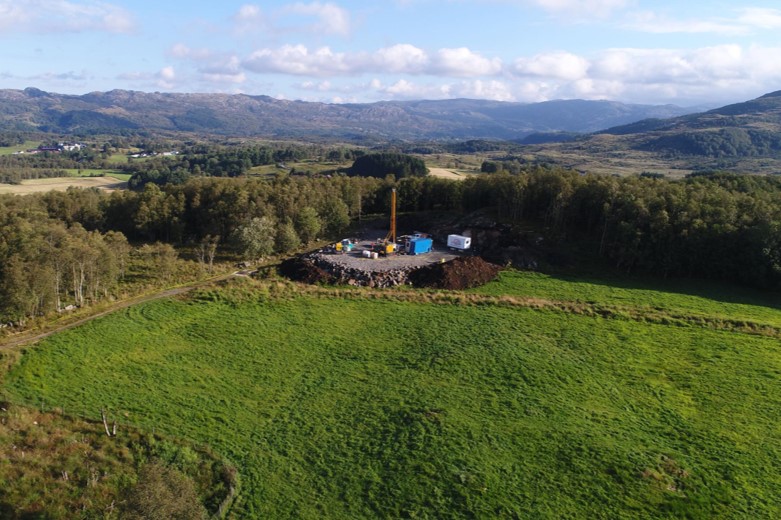Today we continue our series dedicated to the deepest wells drilled in the countries around the North Sea. Previously, we discussed the Havelange well in Belgium, Tjuchem-02 in the Netherlands, KTB in Germany and 29/05b-H2Z in the UKCS. In this article, we briefly discuss both the deepest well drilled offshore Norway and the onshore equivalent.
The interesting aspect about Norway is the fact that the oil and gas sector is entirely limited to the offshore – with the exception of Svalbard one could argue, where some of the earliest hydrocarbon exploration wells were drilled. In contrast, other countries around the North Sea have a more blurred line between “younger” sedimentary basins and present-day coastlines.
Deepest offshore well
The deepest well in the Norwegian sector is – similar to the UKCS – one drilled by Total. Spudded just after the company set a record depth in UK waters, drilling well 1/5-5 began in February 2016 in a search for Upper Jurassic Ula Formation sandstones northwest of the Ekofisk field in the eastern Central Graben.
Ula Formation sandstones were found at 5,831 m and although a thickness of 80 m was proven, the sandstones were of poor reservoir quality and only showed traces of gas.
The prospect – Solaris – also had Triassic Skagerrak Formation sandstones earmarked as a secondary target, but when the Ula Formation sandstones proved dry it was decided not to deepen the well any further in order to test the Triassic section. Still, at a total depth of 5892 m TVDSS Total had drilled to a new record depth in Norwegian waters.

Onshore record
Whilst it did not take long to find out the deepest offshore well in Norway, pointing out the deepest onshore well turned out to take a bit longer. Some email conversations with people at the Geological Survey of Norway and other people with knowledge on the matter ultimately led us to Norge Mining.
As part of the Bjerkreim Exploration Project in southwest Norway (south of Stavanger), the company has recently drilled up to 30,000 m of exploration holes in a search for vanadium, titanium and phosphate in the area of the Bjerkreim-Sokndal Layered Intrusion. This large igneous body has a thickness of around 7,000 m and is being associated with the Grenville orogeny that resulted in the formation of the supercontinent Rodina about 1 billion years ago.
Following geophysical investigations, the exploration team identified a magnetic and electromagnetic anomaly at a depth of around 1,500 m in the Bjerkreim lobe of Bjerkreim-Sokndal layered intrusion, which they were keen to test by the drill bit. The borehole that was subsequently drilled in the Eigersund municipality intersects predominantly mesoproterozoic norites from a good part of the middle section of the igneous stratigraphy of the layered intrusion.
Cored along its entire length to a total depth of 2201 m, the rocks brought to surface confirmed that the mineralized zones the company is exploring continue to at least two kilometres depth, as expected.
Exploration work in the area is still ongoing with a substantial, planned programme of additional drilling to upgrade and extend the Mineral Resource and to provide information for a scoping study. The drilling work is expected to be completed this year.
HENK KOMBRINK





